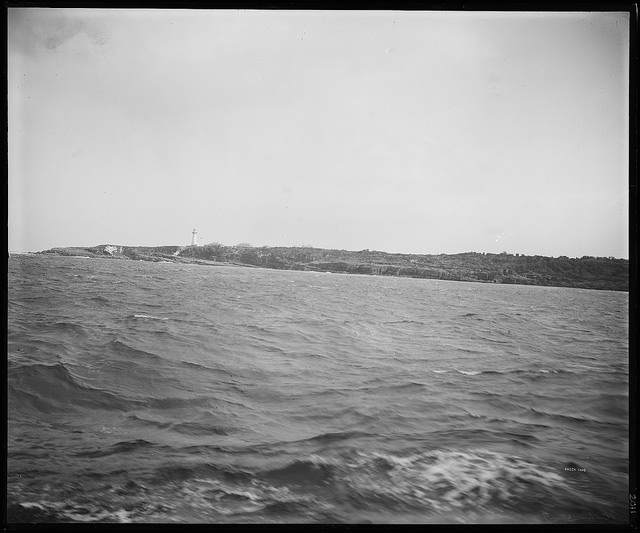 Video footage of good work far out at sea is helping to tell the story of the RNLI.
Video footage of good work far out at sea is helping to tell the story of the RNLI.
by Mike Rawlins
I volunteer as a Lifeboat Press Officer (LPO) for the RNLI at Macduff in Aberdeenshire where we have the only lifeboat in the RNLI that comes with its own truck and crane for launching, if that ever comes up in a pub quiz, you’ll ace it.
I have to say I have no affinity with the sea or seafaring blood in me, as far as I am aware. I’m from Manchester so the closest we ever got to the sea was the Manchester Ship Canal or Blackpool beach in summer. There was an incident with the pedalos at Weston Super-Mare in 1974 but that’s best forgotten.
RNLI Macduff Shout 21 June 2015
On Sunday, Macduff RNLI station got a request launch from the coastguard. The launch was to a Mayday call. The RNLI get called out to vessels in distress and always make best speed to get to them. If you get a Mayday call then the coastguard will request RNLI lifeboats to launch, dispatch their own shore crew, launch a rescue helicopter and ask passing vessels to assist.
On Sunday that is just what happened, two lifeboats, a coastguard cliff rescue team, a rescue helicopter and assistance from a passing dive support vessel were dispatched to a fishing creel that had run aground and was taking on water.
So Dan asked me why do the RNLI make video and pictures of rescues like this available?
We do it because the RNLI are generally the authoritative voice for an incident at sea. Not many people see the RNLI at work, if you are on a beach you may see their volunteers out on a shout or if you are unlucky you may need the assistance of one of their volunteer crews. Other than that, people don’t see much of the RNLI at work.
All RNLI lifeboats are fitted with video cameras. Generally if the RNLI are out on a shout they are going to be the only people who can get video and stills of the incident. We’re not like the land-based services where journalists, citizen journalists and broadcast media can get to the incident and record them at work, we are out there on our own doing our stuff.
After each shout the station Lifeboat Press Officer will look at the video from the boat and if it is suitable edit it down to a short clip which tells the story of the rescue. We upload this to the RNLI video library where it is titled, tagged, and branded. From there it is freely available to download and use.
The video was posted to the RNLI MacDuff Facebook page with 59 likes and 12 shares a week on. You can see it here.
We can then use this to promote the success of the crew and the RNLI in the media. This helps us to raise awareness of what we do and generates support.
As anyone who works for a charity knows, support generates the donations that keep us afloat (sorry!). Kitting out our volunteers, keeping our stations open so that we are available next time someone needs our help is an expensive business, £4,100,000 a day expensive. We receive no government funding to provide our life saving service, we fund it by donation alone.
To kit out one member of our crew costs £1,678 and anyone of a certain age who watched Blue Peter will know that lifeboats cost up to £2.7m to build.
Saving lives at sea is the primary purpose of the RNLI and we do this by being on call to rescue people who need us and also by education. Teaching sea safety so people don’t get in to trouble and we don’t need to launch is as important as launching to assist those in trouble.
To find out more about the RNLI visit http://rnli.org
Mike Rawlins is a volunteer lifeboat press officer.
